Description
Bouillon plant or erva baleeira, Cordia verbenacea, is a perennial herb and potent medicinal plant. This plant seems relatively rare in cultivation and is quite hard to find information on growing, yet there is much literature describing the medicinal properties. Bouillon plant is a small tree, growing up to twelve feet tall and wide. The scent and flavor of the leaves is almost exactly like soup stock, most closely resembling chicken noodle soup, in my opinion. This plant is extremely medicinal; its antibiotic, antifungal, anti-inflammatory, analgesic, antiseptic and diuretic properties are utilized to treat colds, flu, fever and coughs, pneumonia, parasitic diseases and infections, rheumatism and arthritis, insomnia, malaria, skin diseases, ulcers and bleeding, all while promoting muscle relaxation, pain relief, digestion, and overall healing! This plant is used topically and internally in its leafy form, and made into an essential oil to be used medicinally, as well.
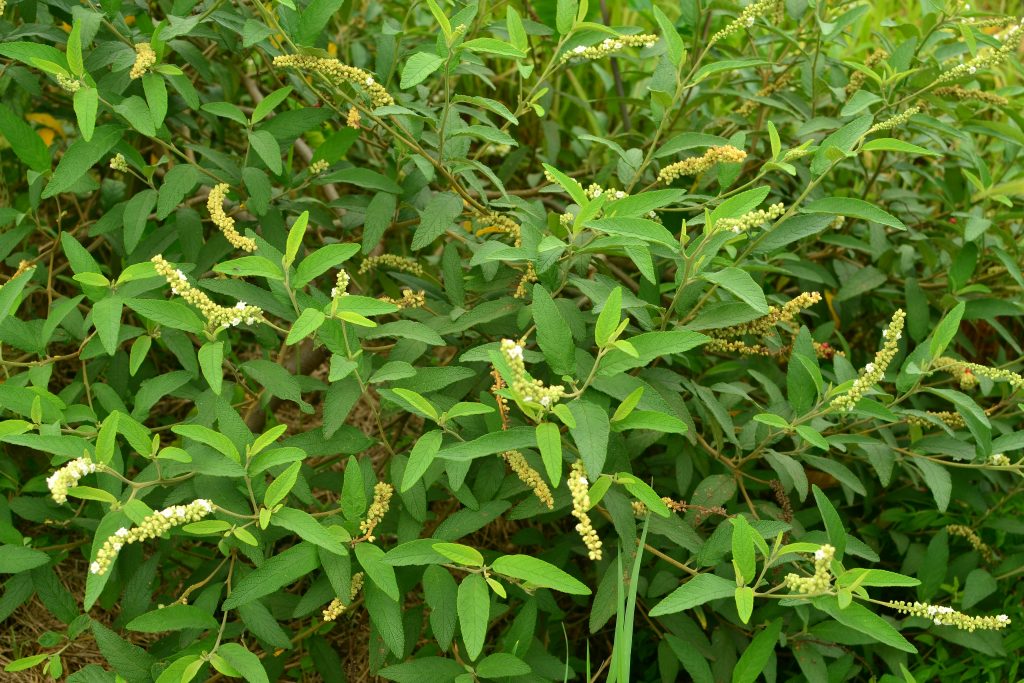
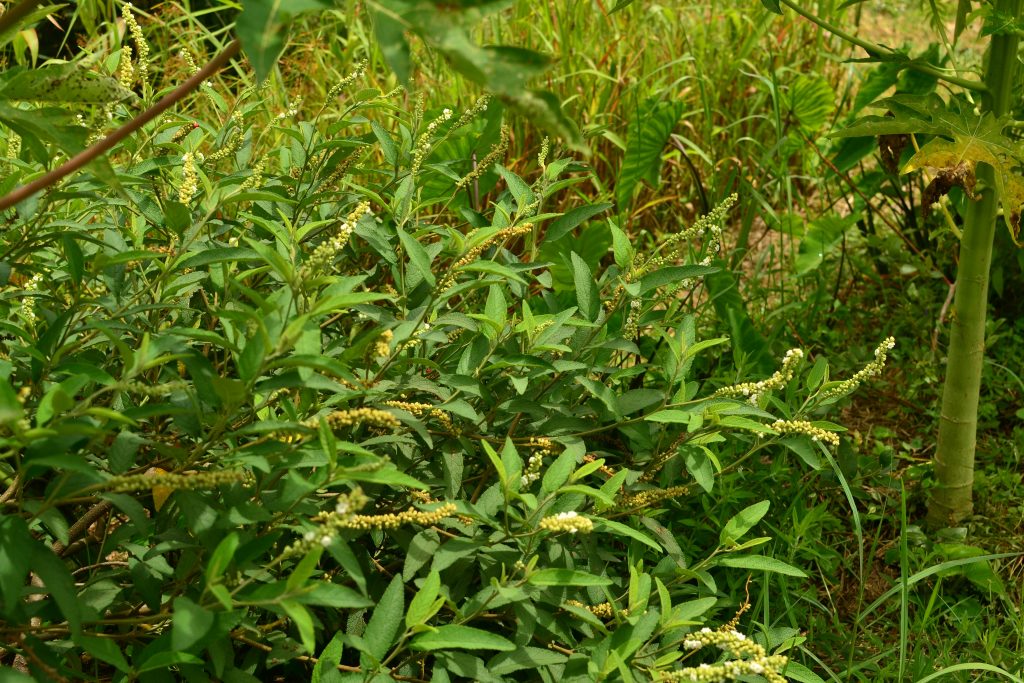
Propagation
Bouillon plant is easily grown from cuttings. Woody cuttings take more readily than non-woody cuttings.
The plant flowers profusely and sets some small red berries, I have not yet done any experimentation to determine if these seeds are viable or not.
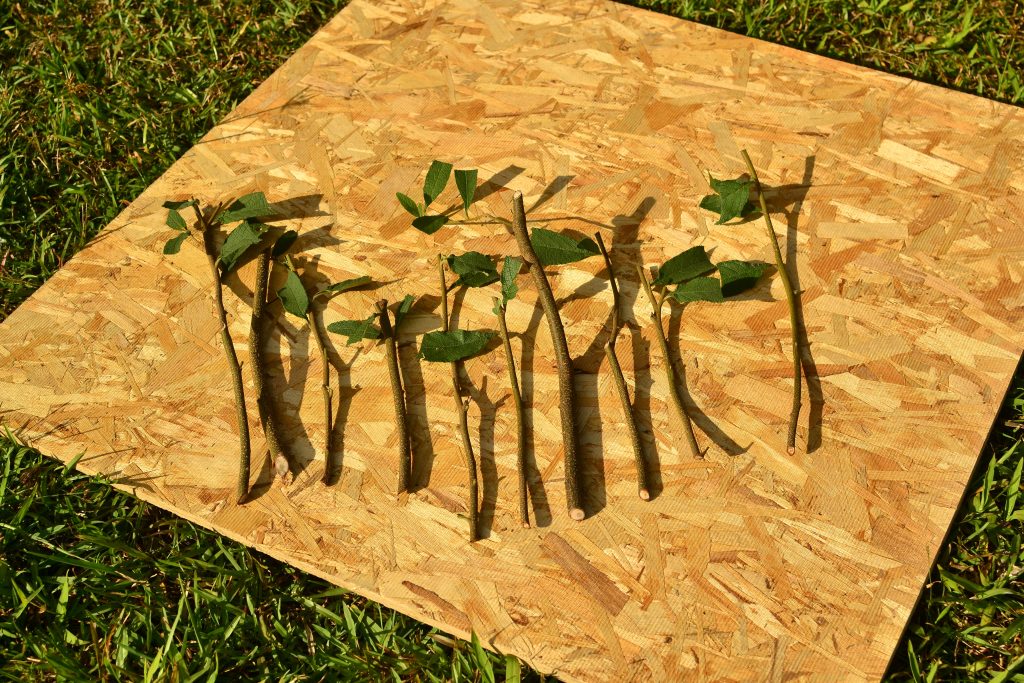
Cuttings ready for planting
Care
Bouillon plant thrives in any location, part shade to full sun. I have started cuttings in pots as well as directly in the soil in a few different places and they’ve all taken off. This plant is very vigorous and is always full of edible leaves. Flowering does not affect the taste of the leaves, so this one can be maintained in a less diligent manner than some other herbs.
Eating
This plant may be eaten raw or cooked. I personally think the leaves are a bit intense raw. We typically take leaves, chop them coarsely and add them early in cooking, right after the onions are sautéed. We cook them with beans and soup quite often; the bouillon plant is actually one of our most used herbs.
Where to obtain planting materials
This seems to be a really rare one. As far as I know, only a handful of people have this plant on the island. It should be more widely grown!
My Garden
I first discovered this plant while visiting and working on a farm in Kohala with a friend. It was planted directly next to the house and when we brushed up against it, I was instantly intrigued. When we asked what the plant was, no one knew. I asked for a cutting to try and propagate, as seeds weren’t on the plant at the time. I started two cuttings and although they both took, I kept them in pots awhile, as I wasn’t sure what the plant was or where I would want to plant it. Those plants eventually rooted into the ground and I decided to pull one up and go plant it out in the field. My friend, who also got a cutting, grew his out a little bit and posted photos in a few online forums, asking for help with identification. We finally got an ID and were able to research and learn a little bit more about it.
I’ve since started eating it regularly, and just a few days before press time, experienced the medicinal properties of it firsthand. I recently got quite a few wasp stings and was very swollen, so I decided to try the plant on my hand, rather than my regular injury go-to (comfrey). I didn’t fully cover my swollen hand with the poultice and after I took off the covering I noticed half of my hand was still swollen and the other half completely normal. At this point, I was convinced of the medicinal properties and covered my hand for one full day; after that, the swelling was gone and my hand was back to normal. Wow, the magical properties of plants! This plant is another amazing addition to anyone’s homestead. The plant fascinates anyone who smells it, and the medicinal properties are on par with comfrey, another magical herb; this one is just a bit more pleasant to consume!
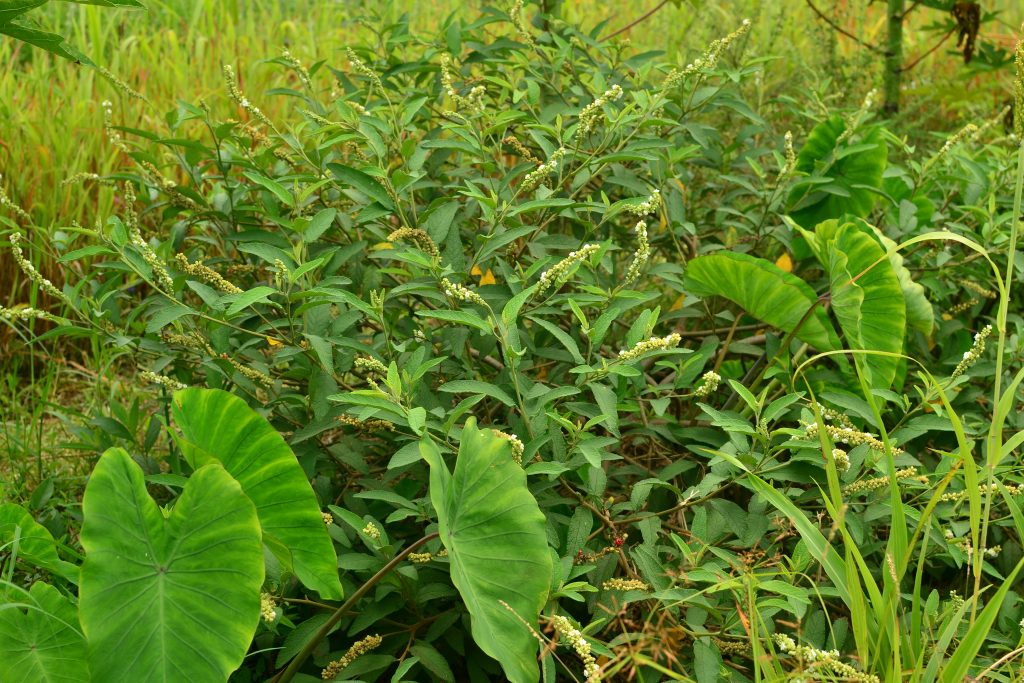
Bouillon plant planted with taro and papaya
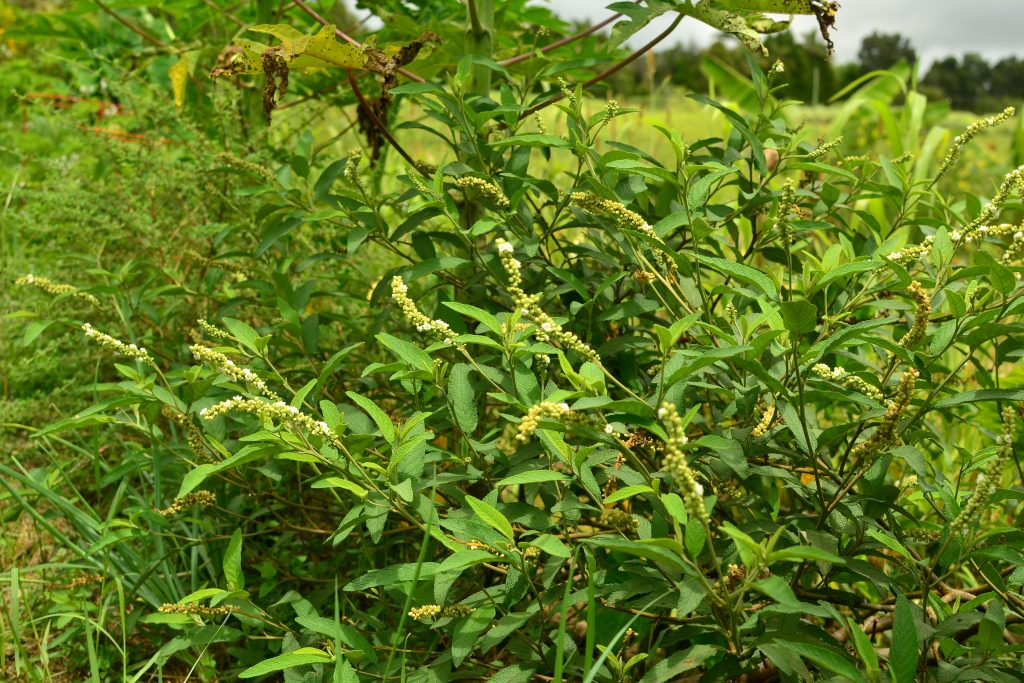
Bouillon plant planted with: taro, stick oregano, papaya and tzimbalo
Happy Gardening!